The Vehicle Maintenance Log is similar to the Pre Trip Inspection Checklist as both documents focus on ensuring vehicle safety and reliability. The Vehicle Maintenance Log tracks repairs and maintenance performed on a vehicle. It helps identify patterns in vehicle performance and assists in scheduling future inspections. Like the Pre Trip Inspection Checklist, it emphasizes the importance of regular checks to prevent breakdowns and accidents.
The Daily Vehicle Inspection Report serves a similar purpose by documenting the condition of a vehicle before it is used. This report is typically filled out at the start of each day. It includes checks for essential systems like brakes, lights, and tires. Both documents aim to ensure that vehicles are safe for operation, helping drivers identify any issues before hitting the road.
The Driver’s Daily Log is another relevant document. It records a driver's hours of service, including driving time and rest periods. While it focuses on the driver's activities, it complements the Pre Trip Inspection Checklist by ensuring that drivers are well-rested and compliant with regulations. This is crucial for safe vehicle operation, just as the inspection checklist is vital for vehicle safety.
The Equipment Inspection Checklist is similar in that it also focuses on safety and functionality. This checklist is used for various types of equipment, not just vehicles. It ensures that all equipment is in good working order before use. Like the Pre Trip Inspection Checklist, it helps prevent accidents and equipment failures by identifying issues early.
The Maintenance Request Form is another related document. It allows drivers or operators to report any issues found during inspections. By documenting these problems, the form initiates repairs or maintenance. This process is essential for keeping vehicles safe and operational, much like the proactive approach of the Pre Trip Inspection Checklist.
The Safety Inspection Report shares similarities as it evaluates the overall safety of a vehicle or equipment. This report often includes checks for compliance with safety regulations. Both the Safety Inspection Report and the Pre Trip Inspection Checklist aim to identify potential hazards before they lead to accidents or failures, ensuring safer operation.
The Incident Report Form is also relevant, though it serves a different purpose. It documents accidents or near-misses involving vehicles. While the Pre Trip Inspection Checklist helps prevent incidents by ensuring vehicle safety, the Incident Report Form provides a way to analyze and learn from events that have already occurred. Both documents play vital roles in promoting safety in transportation.
The Maintenance Schedule is another document that complements the Pre Trip Inspection Checklist. It outlines when regular maintenance tasks should be performed on a vehicle. This schedule helps ensure that inspections and maintenance are not overlooked, promoting long-term vehicle reliability and safety. Both documents work together to maintain the health of the vehicle.
Finally, the Compliance Checklists for DOT regulations are similar. These checklists ensure that vehicles meet federal and state requirements. They cover aspects such as safety equipment and maintenance records. Like the Pre Trip Inspection Checklist, they are essential for ensuring that vehicles are roadworthy and compliant with legal standards, thus enhancing overall safety.

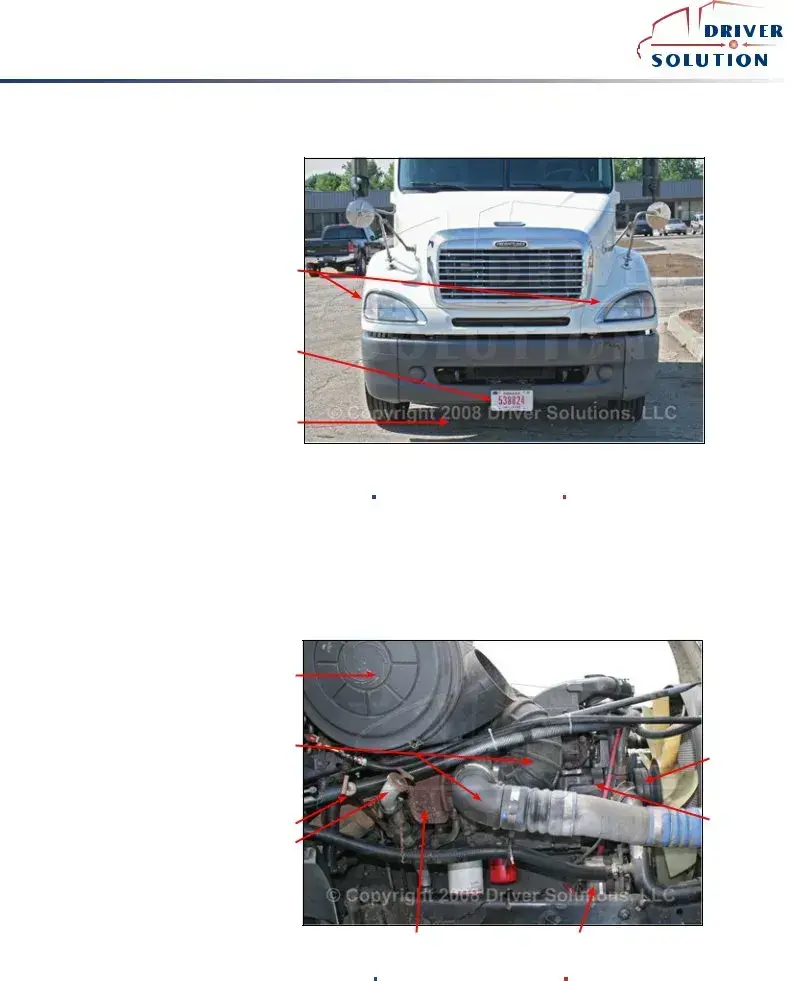
 ®
®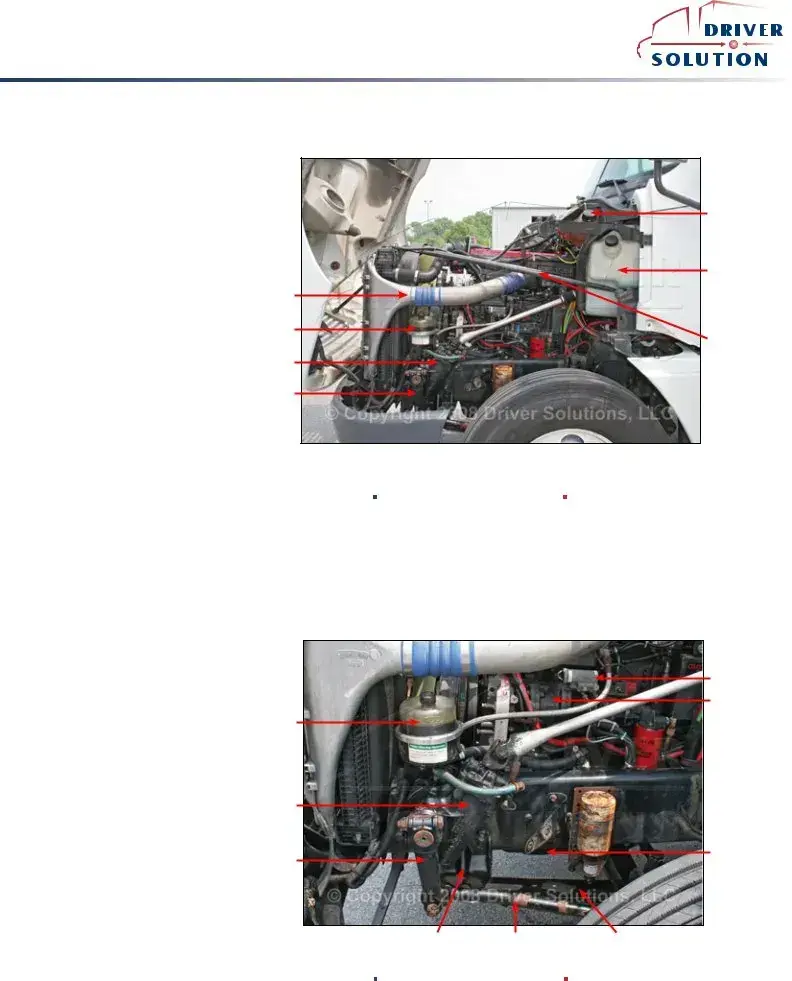
 ®
®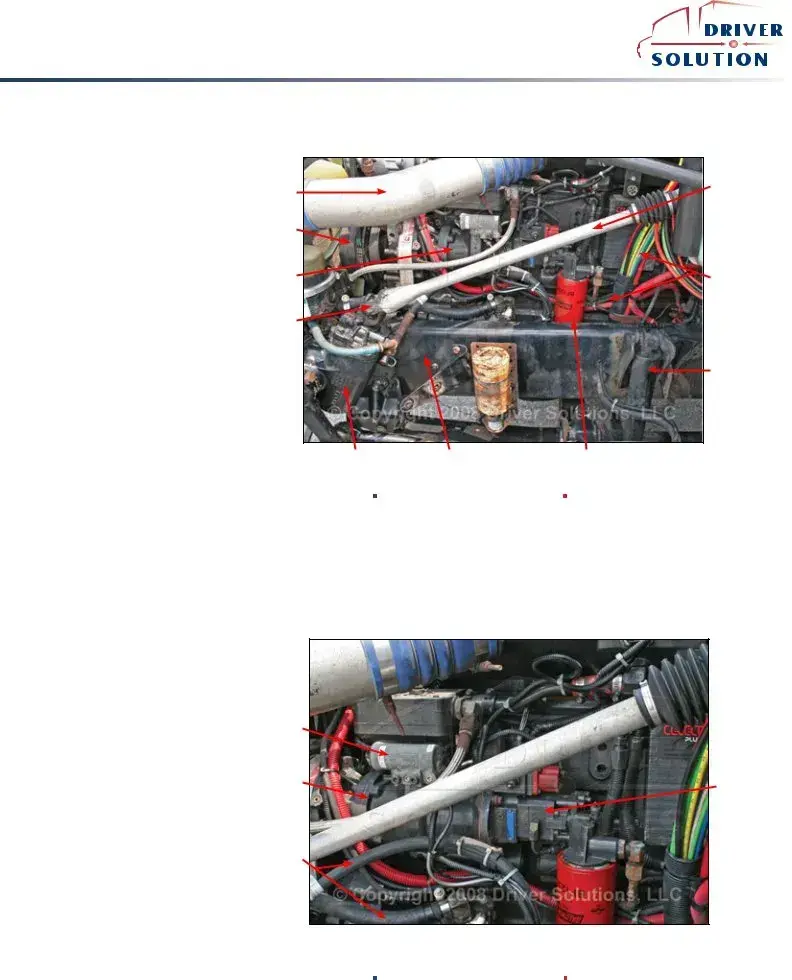
 ®
®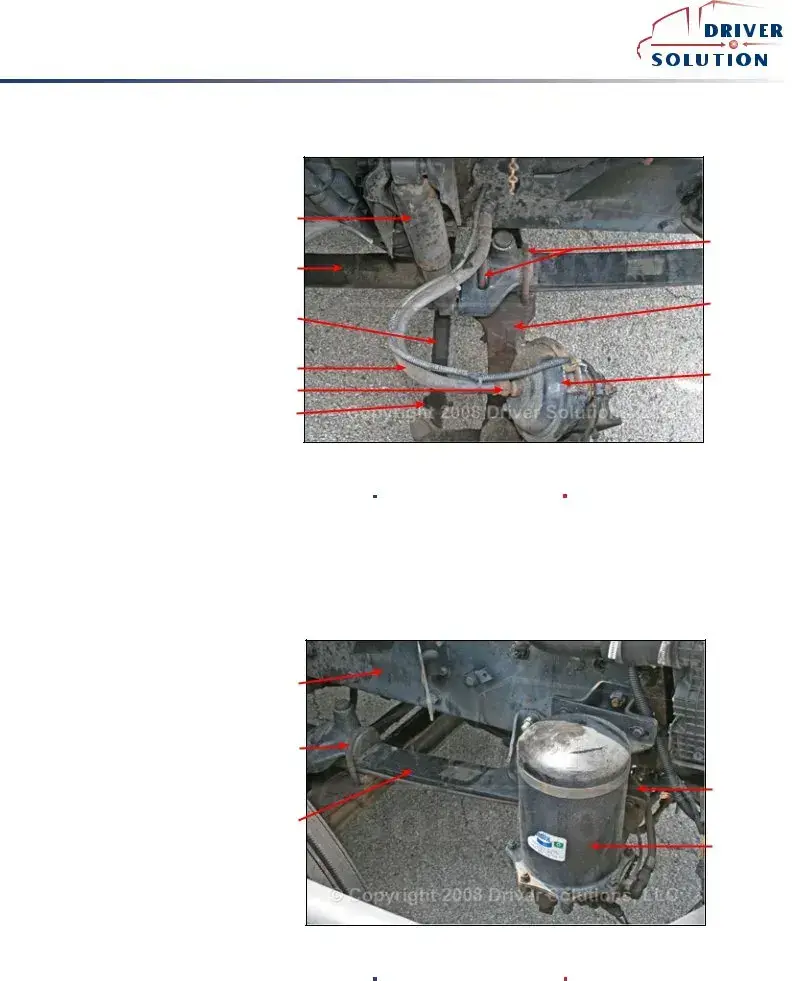
 ®
®
 ®
®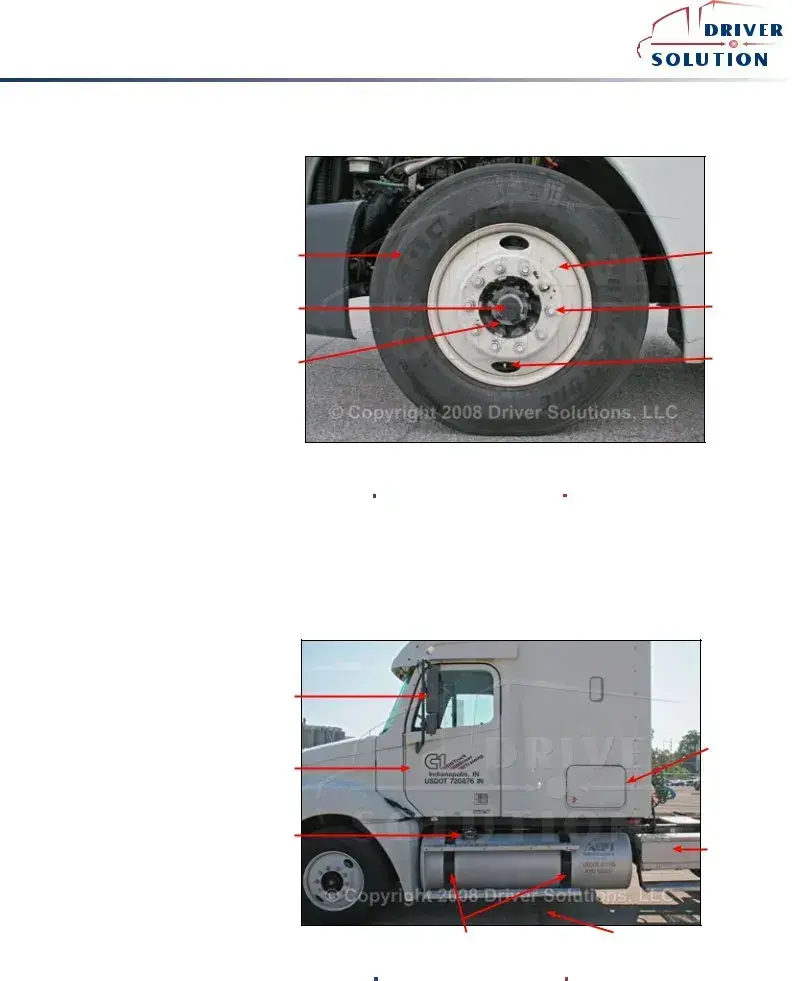
 ®
®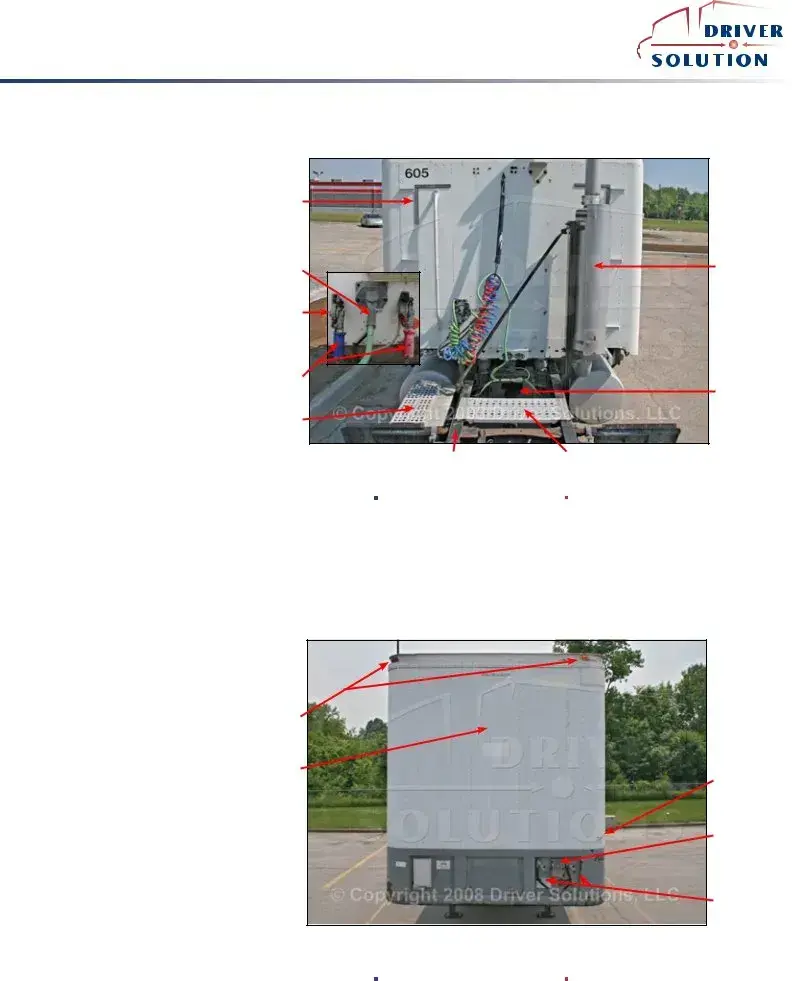
 ®
®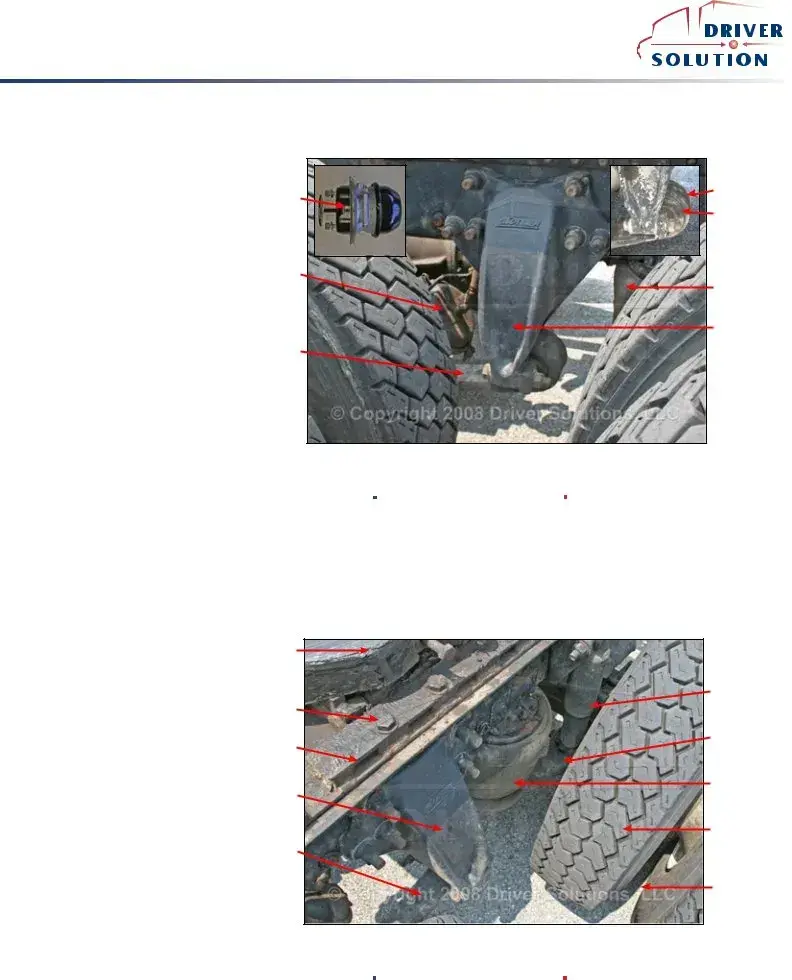
 ®
®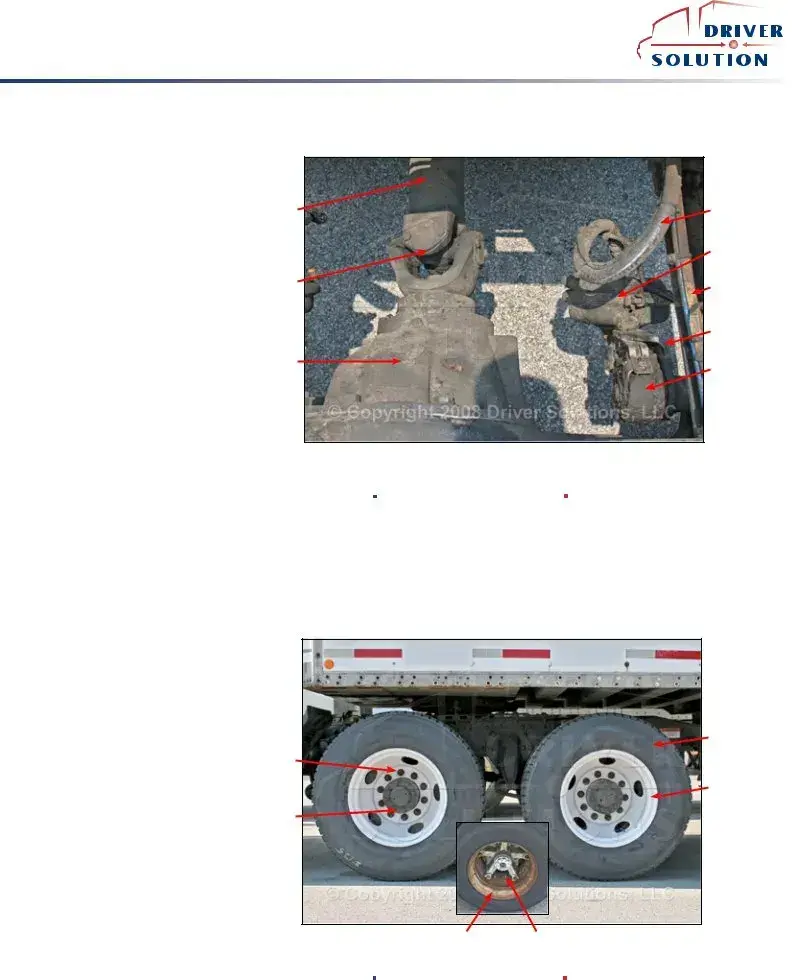
 ®
®
 ®
®